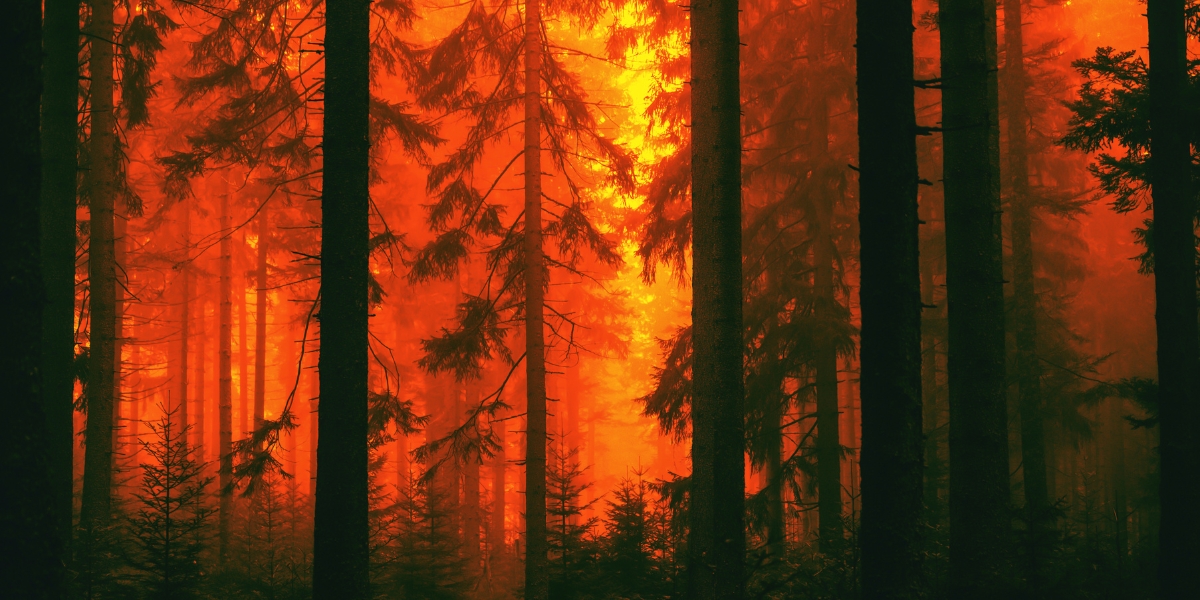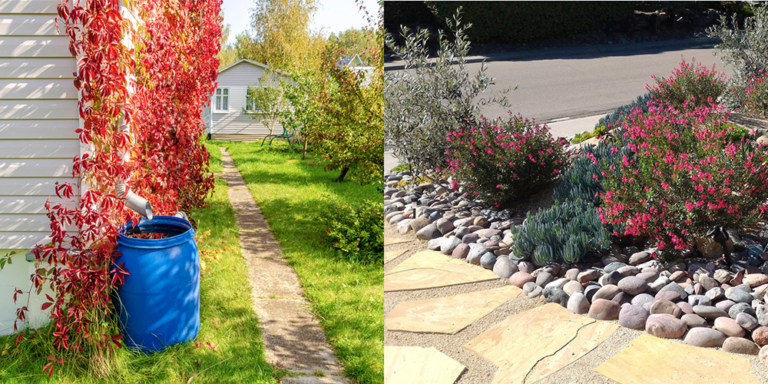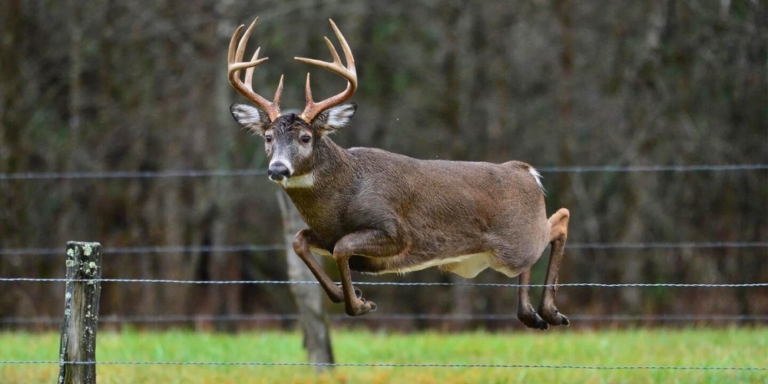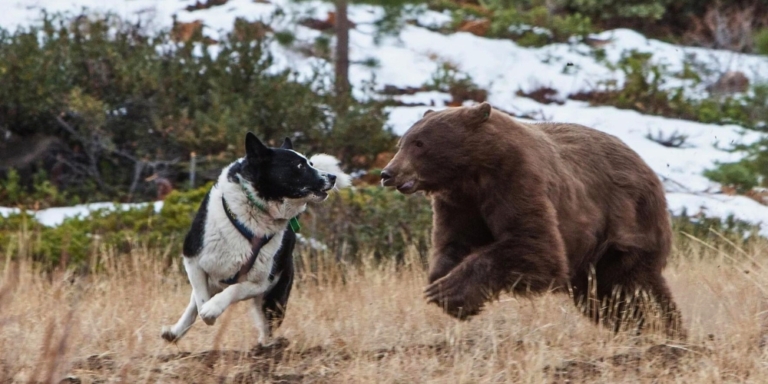As fires rage across Canada, destroying large areas of forests, experts are concerned about the impact on wildlife.
Karen Hodges, a biology professor at the University of British Columbia’s Okanagan campus, explains that the fires can harm bird populations by destroying their nests and eggs.
In the worst-case scenario, some birds cannot escape the fire and may die. Even if the adults survive, they may struggle to find a new place to reproduce.
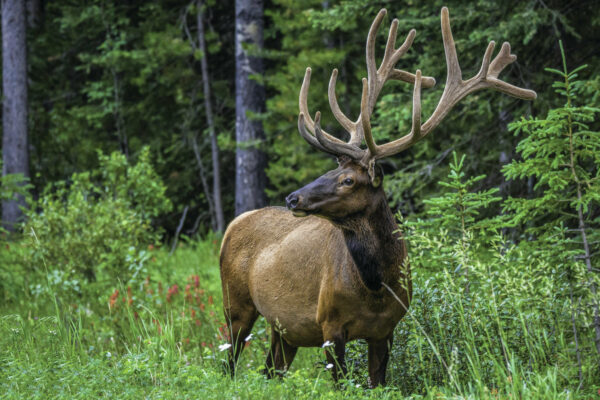
“…I think one immediate impact is that many individuals will fail to breed this year. Some will die,” Hodges said in an interview with The Canadian Press.
Thankfully, few birds had started nesting in May during the height of Alberta’s wildfire season.
But, according to University of Alberta biological sciences professor Erin Bayne, birds that relied on older forests for nesting sites will have to find new homes.
“If this had been (later in May), then we would have had massive destruction of nests, and the birds would have had to either bail and not nest that year or probably nest somewhere else and try again,” Bayne told CBC News.
So far this year, over 47,000 square kilometres have burned in Canada, making it the worst wildfire season of the 21st century, according to Emergency Preparedness Minister Bill Blair.
A Lasting Impact On Wildlife
Hodges believes that the situation will worsen as temperatures continue to rise. Many animals will be displaced or killed, and some populations may disappear or become smaller for many years.
Matthew Mitchell, a research associate at the University of British Columbia, explains that wildfire smoke can have immediate and long-term effects on animals.
It can harm their lungs, change their blood chemistry, lower oxygen levels, and weaken their immune systems. This can affect the survival, growth, and reproduction of animals.
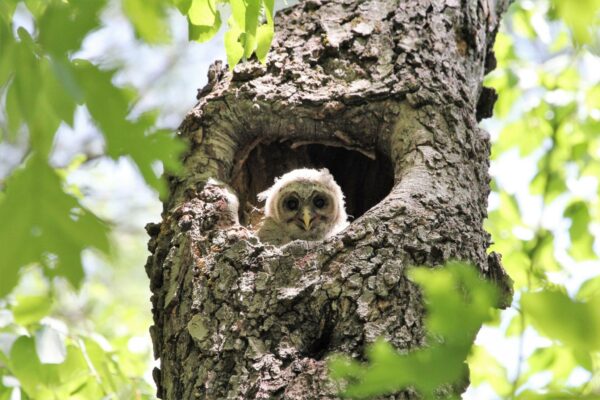
The smoke can change animal behaviour, making them less active and less interested in finding mates. Like humans, wildfire smoke can also harm pregnant animals and their newborns.
Mitchell is worried about endangered species and expects some species loss if wildfires continue to increase.
“I would expect that we are going to lose some species if this kind of smoke events, and these wildfires keep increasing…Predicting which exact species those are, that’s going to be as difficult, but I would expect there’s going to be some loss,” he said.
Hodges explains that animals like Canada lynx, marten, fisher, and snowshoe hare rely on mature forests, and owls need large trees with nesting cavities.
But It takes decades for these trees to grow back after fires, resulting in lasting changes to the ecosystem.
The destruction of nests, health impacts, changes in behaviour, and loss of habitat all pose challenges for various species, not just for us humans.

